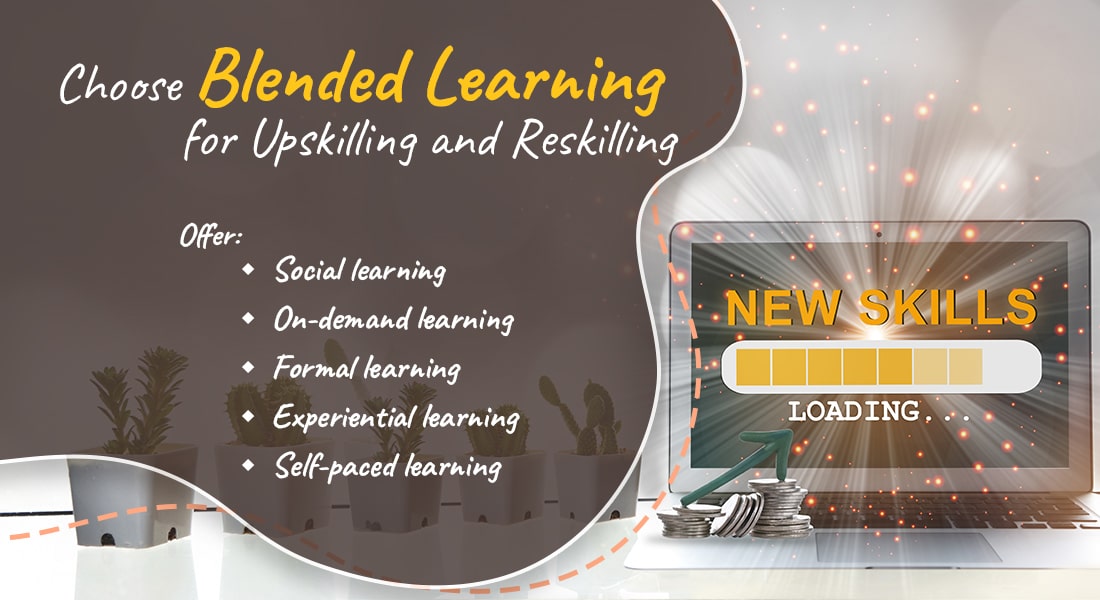The Inseparable Trio: Learning Objectives, Training Content, and Assessments

Consider this training situation. Company X has noticed that their pharma sales representatives are facing tough competition from a drug newly introduced in the market. They need to be trained quickly on how to convince physicians to continue prescribing their drug. Let’s see what happens if the learning objectives, course content, and assessments are not aligned with each other.
Learning Objective
At the end of the course, the sales person should be able to list 5 reasons to convince physicians why their drug fares better than that of competition.
Training content
The training content has detailed description and information about
the new drug that has been introduced by the competition as well as information about their own product that has to be pitched against this latest entry in the market.
Assessment
Assessment questions test the composition of the drugs, their side effects, and so on.
While each on their own are valuable, together they are not in sync and not successful in serving the purpose of the course. Information about drugs alone will not make any sense to the learner. This information has to be processed and presented in such a manner that it compares the two drugs and tells them specifically how their drug fares against that of competition.
While knowledge of drug composition, their side effects, etc. are important for a sales person, that is not really the focus of the training program here. Here, the training should provide sales people the right knowledge to counter competition. They have to be educated on how to handle physicians’ objections to their drug or how to ensure existing physicians do not promote competitor’s product. Assessment questions should essentially be focused on this. If they are not, we will not know if the training objective has been successful or not.
The Three Components of a Training Program
The three components of any training program – learning objectives, training content, and assessments work in tandem with each other. First, you need to make sure that you have clearly defined learning objectives. Based on the learning objectives, you choose your training content and also design assessments to make sure learners are tested on what they are expected to learn and not something different.
Carnegie Mellon University, in its guidelines states that if you want a consistent course structure, there has to be an alignment between the three components. It means that the,
- Learning objectives should clearly define the knowledge and skills the learners would acquire at the end of the course.
- Training content is chosen and geared toward helping learning meet the learning objectives.
- Assessments will measure the extent to which learning objectives are met.

So, when developing training programs, it is preferable to set clear learning objectives before going on to develop the course. This ensures that when doing content analysis, it becomes easy for instructional designers or course developers to pick content that is best aligned to the learning objectives. It also guides them in preparing assessments to test the knowledge and skills acquired by learners.




![9 Ways Organizations are Using Mobile Learning [Infographic]](https://blog.commlabindia.com/hubfs/Imported_Blog_Media/mobile-learning-applications-corporate-training.png)
![5 Benefits of Blended Learning That Will Transform Your Corporate Training [Video]](https://blog.commlabindia.com/hubfs/Imported_Blog_Media/blended-learning-benefits-corporate-training-video.jpg)